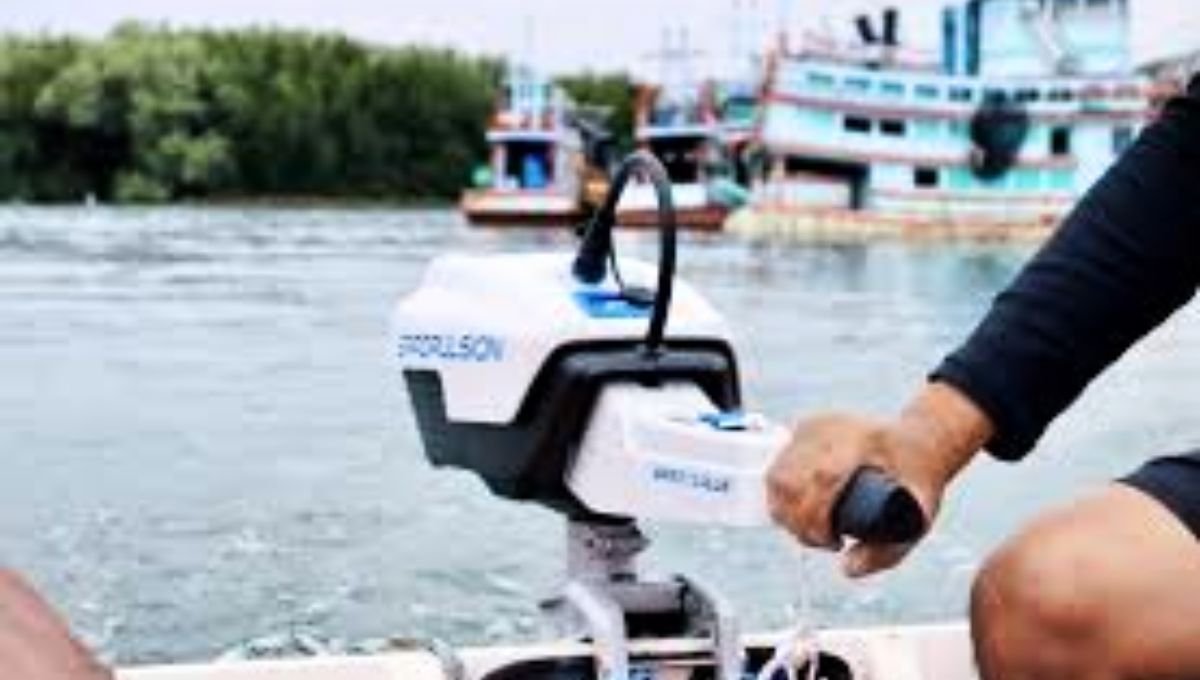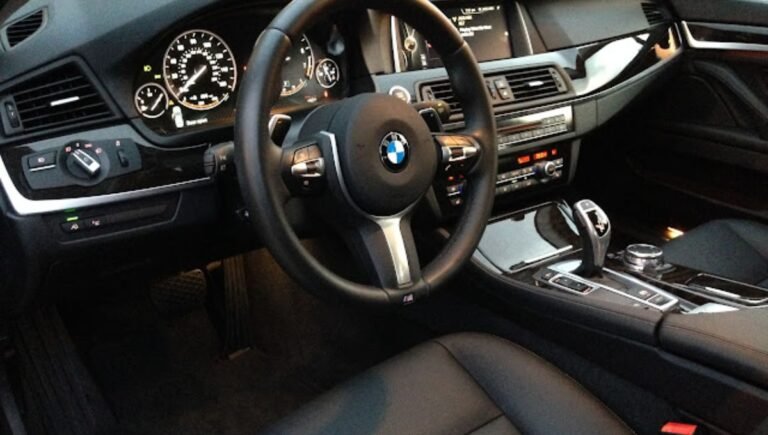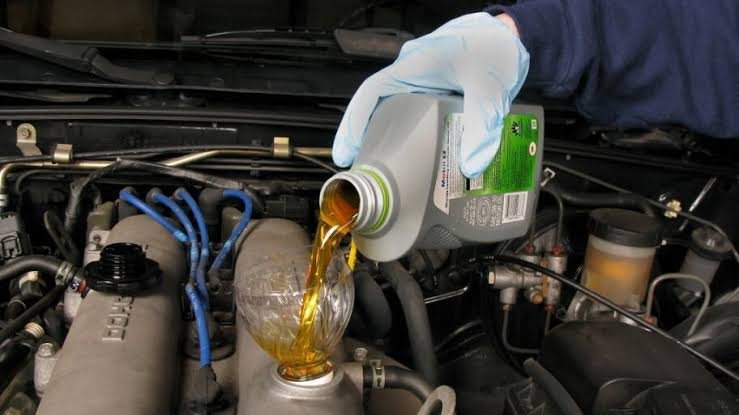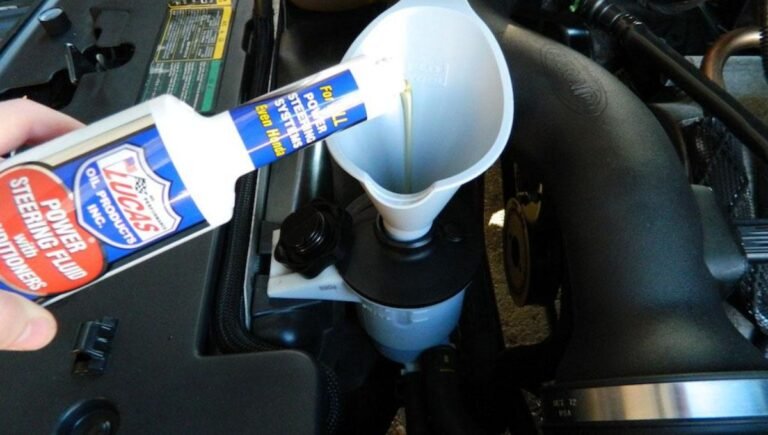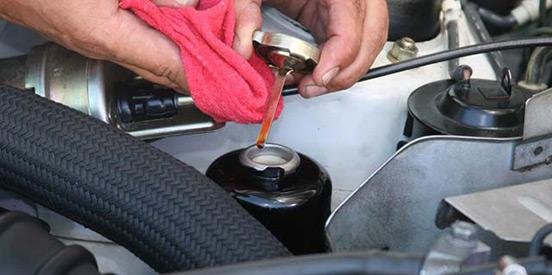Can You Convert a Tiller Motor to Steering? Quick Guide!
Yes, you can convert a tiller motor to steering by installing a steering kit. This involves adding a steering wheel and connecting it to the motor for directional control.
Are you tired of using a tiller motor and want to upgrade to a steering system for your boat? Converting a tiller motor to steering can greatly improve the handling and maneuverability of your watercraft. By installing a steering kit, you can easily transform your tiller motor into a more convenient and user-friendly steering system.
We will explore the steps and benefits of converting a tiller motor to steering, helping you make an informed decision for a smoother boating experience.

Can You Convert a Tiller Motor to a Steering Wheel?
Yes, you can convert a tiller motor to a steering wheel system. This process typically involves a few key steps:
- Purchase a Conversion Kit: Many manufacturers offer conversion kits specifically designed for this purpose. These kits usually include the necessary components like a steering wheel, cables, and a helm (steering gear).
- Disconnect the Tiller Handle: Safely disconnect the tiller handle from the outboard motor, following the manufacturer’s instructions.
- Install the Helm: Mount the helm in your boat’s console or steering location. This will act as the control unit for the new steering system.
- Run the Steering Cables: Connect the steering cables from the helm to the outboard motor. Ensure the cables are routed smoothly and securely to avoid kinks or obstructions.
- Attach the Steering Wheel: Install the steering wheel onto the helm. Make sure it is securely fastened and operates smoothly.
- Test the System: Before taking your boat out on the water, thoroughly test the new steering system to ensure it functions correctly and safely.
Converting a tiller motor to a steering wheel can enhance the comfort and control of your boat. If you are not comfortable performing the conversion yourself, consider hiring a professional to ensure the job is done correctly and safely.
Introduction To Tiller Motor Conversion

Converting a tiller motor to steering can enhance control and maneuverability.
It involves upgrading from hand-operated tiller steering to a steering wheel system.
This conversion is popular among boat owners seeking a more comfortable and efficient driving experience.
Why Consider Steering Over Tiller?
- Enhanced control: Steering allows for smoother navigation in various water conditions.
- Comfort: Steering systems offer a more ergonomic driving position.
- Ease of use: Steering wheel setups are often more intuitive for many users.
Potential Benefits Of Conversion
- Improved maneuverability: Steering systems provide better handling and responsiveness.
- Safety: Steering can enhance overall control and reduce operator fatigue.
- Modernization: Upgrading to steering can give your boat a more contemporary look.
How Tiller Motors Operate
Tiller motors operate by using a small engine to power a propeller that moves the boat through the water. The operator uses the tiller to steer the boat by turning it left or right. The throttle and shift controls are typically located on the tiller handle as well, making it easy to control the speed and direction of the boat with one hand.
Tiller motors are designed to be used in shallow waters, making them ideal for fishing and other recreational activities.
Converting a tiller motor to a steering wheel system requires some mechanical knowledge and expertise. It’s important to consider the size and weight of your boat, as well as your boating needs, before deciding to make the conversion. However, with the right tools and knowledge, it’s possible to enjoy the benefits of a steering wheel system while still using a reliable and lightweight tiller motor.
Steering Systems Basics
When it comes to converting a tiller motor to steering, understanding the basics of steering systems is essential. This knowledge can help you make an informed decision and choose the right steering system for your specific needs.
Types Of Steering Systems
There are two primary types of steering systems: mechanical and hydraulic. Mechanical steering systems use cables and pulleys to transmit steering wheel movement to the outboard motor. On the other hand, hydraulic steering systems utilize hydraulic fluid to transfer the steering wheel input to the motor. Both systems have their unique advantages and are suitable for different types of boats and motors.
Advantages Of Steering Systems
- Precise Control: Steering systems offer precise control over the direction of the boat, allowing for smooth maneuvering.
- Reduced Effort: With a steering system in place, the effort required to steer the boat is significantly reduced, enhancing the overall boating experience.
- Comfort: Steering systems contribute to a more comfortable and enjoyable boating experience, especially during long periods on the water.
- Versatility: Different steering systems provide versatility, allowing boat owners to choose the one that best suits their specific requirements.
Maintenance And Troubleshooting
Converting a tiller motor to steering requires some mechanical expertise. It’s important to have the right tools and knowledge to troubleshoot any potential issues that may arise during the process.
Routine Maintenance For Steering Systems
Regular maintenance is essential for optimal performance of your converted tiller motor to steering system.
- Check steering fluid levels monthly.
- Inspect steering cables for wear or fraying.
- Lubricate steering components annually.
Common Issues And Fixes
Addressing common steering issues can keep your system running smoothly.
- Hard steering: Check for low fluid levels.
- Steering drift: Adjust the cable tension.
- Erratic steering: Inspect for loose connections.
Cost Analysis And Budgeting
Converting a tiller motor to steering involves costs that need careful consideration. Let’s dive into the financial aspect of this conversion.
Estimating Conversion Costs
Below is a breakdown of potential costs associated with converting a tiller motor to steering:
| Conversion Components | Estimated Cost |
|---|---|
| Steering Wheel | $100 – $300 |
| Steering Cable | $50 – $150 |
| Steering Helm | $150 – $400 |
| Labor Costs (if hiring) | $200 – $500 |
Here’s a list of frequently asked questions about converting a tiller motor to steering:
1. Can You Convert a Tiller Motor to Steering?
- Answer: Yes, you can convert a tiller motor to steering. This involves installing a steering system, such as a steering wheel and helm, and remote throttle controls, allowing you to steer the boat from a central console instead of using the tiller handle.
2. What Is Required to Convert a Tiller Motor to Steering?
- Answer: To convert a tiller motor to steering, you will need a steering helm, steering cable, steering wheel, remote throttle and shift controls, control cables, a control box, and possibly a transom bracket. Some boats may also require additional hardware depending on the setup.
3. Is It Difficult to Convert a Tiller Motor to Steering?
- Answer: The difficulty depends on your mechanical skills and experience. For those with some mechanical knowledge, the process is straightforward but can be time-consuming. If you’re unsure, it may be best to consult a professional.
4. What Are the Benefits of Converting a Tiller Motor to Steering?
- Answer: Converting to a steering system provides greater comfort, easier control, especially at higher speeds, and the ability to steer from a more central position, improving visibility and overall handling of the boat.
5. Can I Do the Conversion Myself?
- Answer: Yes, you can do the conversion yourself if you have the necessary tools and skills. Basic hand tools, along with a steering conversion kit, should suffice for most installations. However, if the process seems overwhelming, professional help is recommended.
6. How Long Does It Take to Convert a Tiller Motor to Steering?
- Answer: The conversion typically takes several hours to a full day, depending on your experience and the complexity of your boat’s setup. Professional installations may take less time but will involve additional labor costs.
7. How Do I Install the Steering System?
- Answer: Installing the steering system involves mounting the helm (steering unit) on the boat’s console, running the steering cable from the helm to the outboard motor, and attaching the steering wheel. The throttle and shift controls are then connected to the motor using control cables.
8. Can I Reuse My Existing Tiller Handle After Conversion?
- Answer: In most conversions, the tiller handle is removed or disconnected, as the steering wheel and remote controls take over its functions. Some systems allow the tiller to remain as a backup, but this requires specific modifications.
9. Will the Conversion Affect My Outboard Motor’s Warranty?
- Answer: The conversion may affect your motor’s warranty, especially if it involves modifications not recommended by the manufacturer. It’s important to consult your warranty terms and possibly speak with the manufacturer or dealer before proceeding.
10. What Are the Costs Involved in Converting a Tiller Motor to Steering?
- Answer: The cost varies depending on the type of steering system, the brand, and whether you install it yourself or hire a professional. On average, the total cost can range from a few hundred to over a thousand dollars.
11. What Tools Are Needed for the Conversion?
- Answer: Basic tools such as screwdrivers, wrenches, pliers, and a drill are typically needed. You may also need a hole saw for mounting the helm and controls. A steering installation kit often includes some specialized tools.
12. How Do I Choose the Right Steering System for My Boat?
- Answer: The right steering system depends on your boat size, motor horsepower, and intended use. Hydraulic steering is recommended for larger boats and high-horsepower motors, while mechanical steering is suitable for smaller boats and lower horsepower.
13. Can the Conversion Be Reversed?
- Answer: While it’s possible to revert to tiller steering, the process can be labor-intensive and may require the removal of the installed steering components. It’s generally not practical once the conversion is complete.
14. Do I Need to Balance the Boat After Conversion?
- Answer: After converting to steering, you may need to adjust the boat’s balance, especially if the weight of the new components significantly changes the handling. Redistributing weight or adding ballast might be necessary to maintain proper balance.
15. What Should I Check After Converting to Steering?
- Answer: After conversion, check for smooth operation of the steering and throttle controls, ensure all connections are secure, and verify that the steering is responsive and properly aligned. Test the boat at low speeds before increasing to higher speeds.
Conclusion
Converting a tiller motor to steering is possible and can be a cost-effective alternative to buying a new boat. However, the process requires careful consideration and technical expertise. It is important to consult with a professional and ensure that the conversion is done correctly.
With the right knowledge and resources, converting a tiller motor to steering can enhance your boating experience and provide greater control and maneuverability on the water.
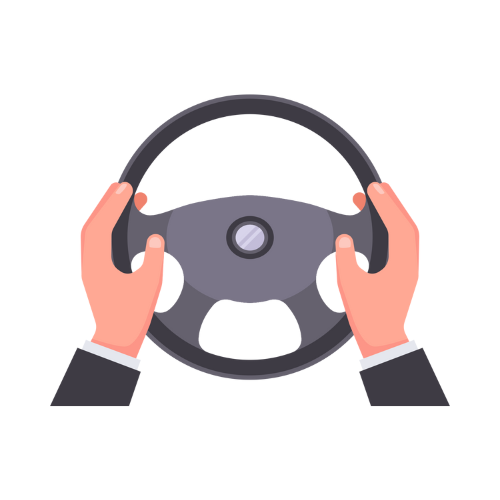
Specializes on car underchassis & power steering repair. We have experienced mechanic to attend all your underchassis & power steering repair needs.
